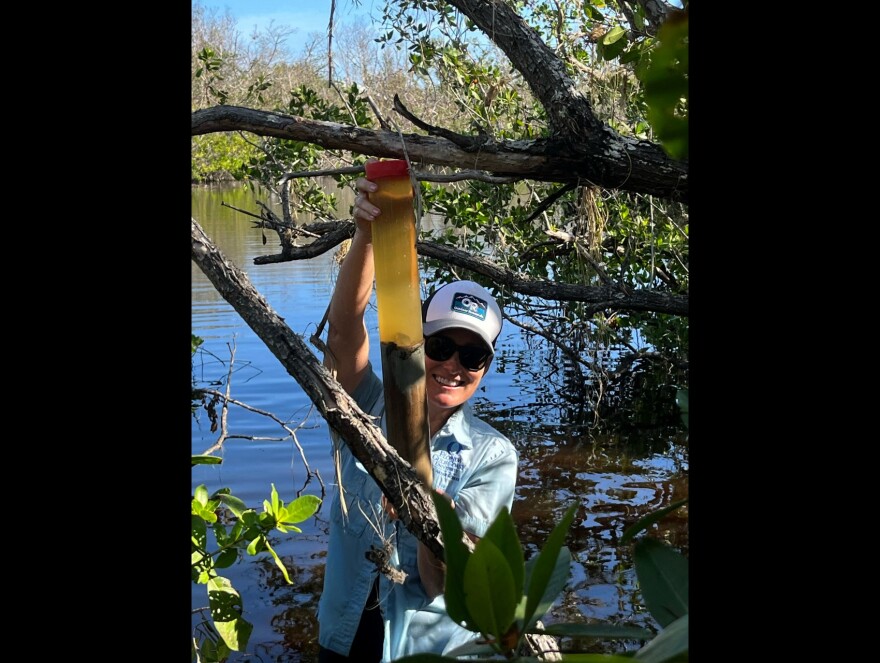When it comes to gauging how risky it is to live where major hurricanes sometimes make landfall, the most important thing to know is what’s called the ‘return period.’ That is the estimated average time between such storms.
But, because historic records only go back so far scientists use other ways to determine how frequent major storms have occurred in the past. One such technique is called paleoclimatology — or more specifically in the case of massive storms like Hurricane Ian, paleotempestology.
We meet one of these scientists who is doing this kind of research work right here in Southwest Florida. Dr. Jo Muller is a paleoclimatologist and a Professor in the Department of Marine & Earth Sciences at Florida Gulf Coast University. She studies past tropical cyclone activity by collecting core samples from lagoons and bays behind Southwest Florida’s barrier islands.
When a storm like Ian, which brought at least a 15-foot storm surge, makes landfall it moves large amounts of marine material like sand and bits of shells and corals from the gulf side of the island to the relatively calm landward side, and this leaves a layer in the silty muck beneath the water. And those coarse layers persist far into the future.
So, by collecting core samples from those areas it’s possible to see the layers left by hurricanes that were powerful enough to cause a high enough storm surge to top the island. And this is direct evidence of the return period for major landfalling hurricanes along a particular part of the coast.
We talk with Dr. Muller about her work and its importance to emergency managers and insurance markets.



